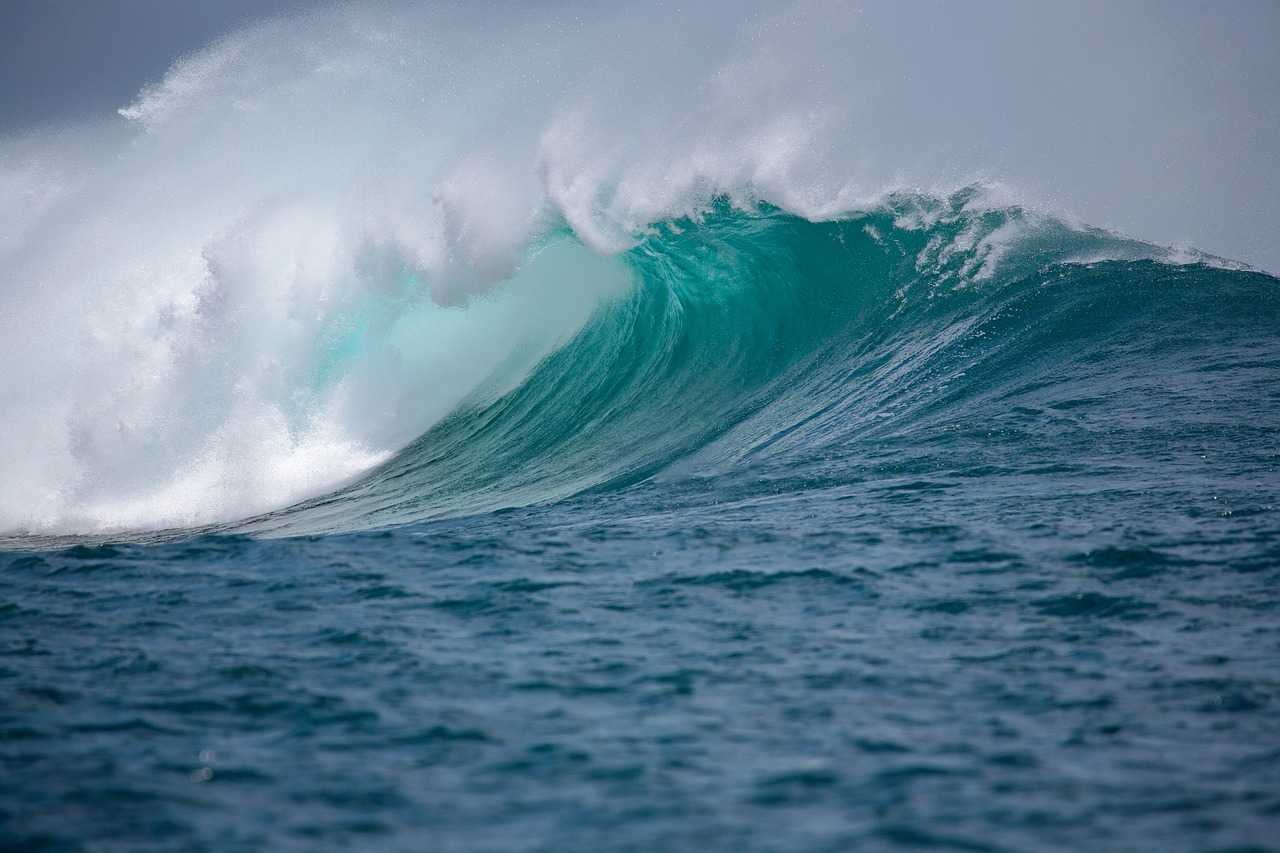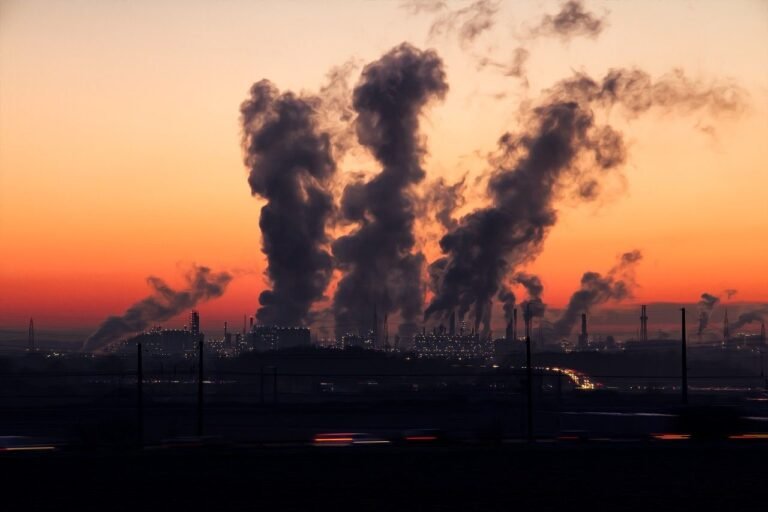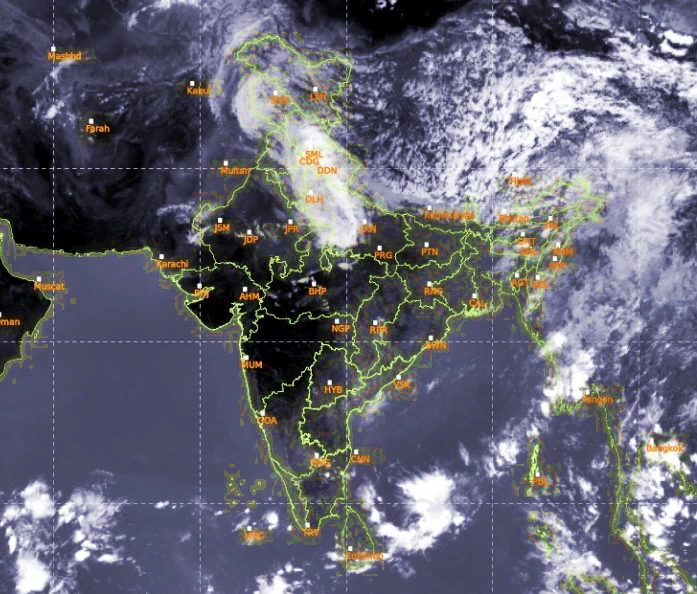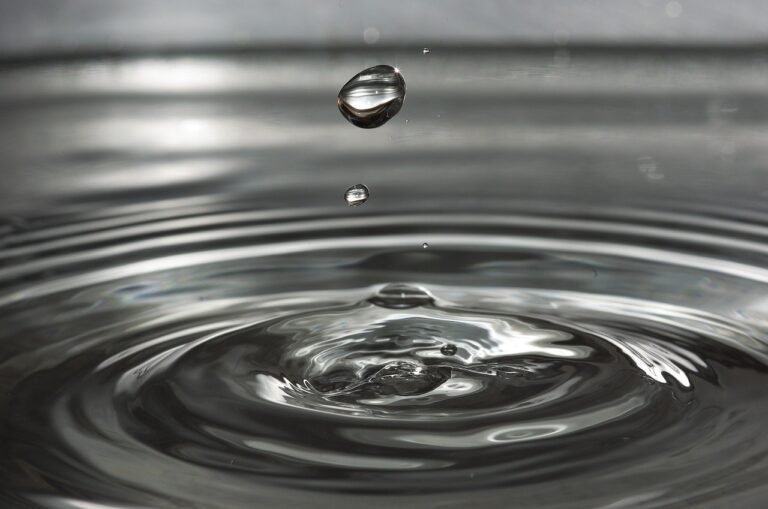The Easy Guide On Ocean Acidification
The world is changing, and we are affecting oceans at a very high rate, and the recent rising impacts we can witness are ocean acidification, which is extremely brutal if it exceeds certain level, and it is already impacting various parts of the Globe.
Table of Contents
What Is Ocean Acidification?
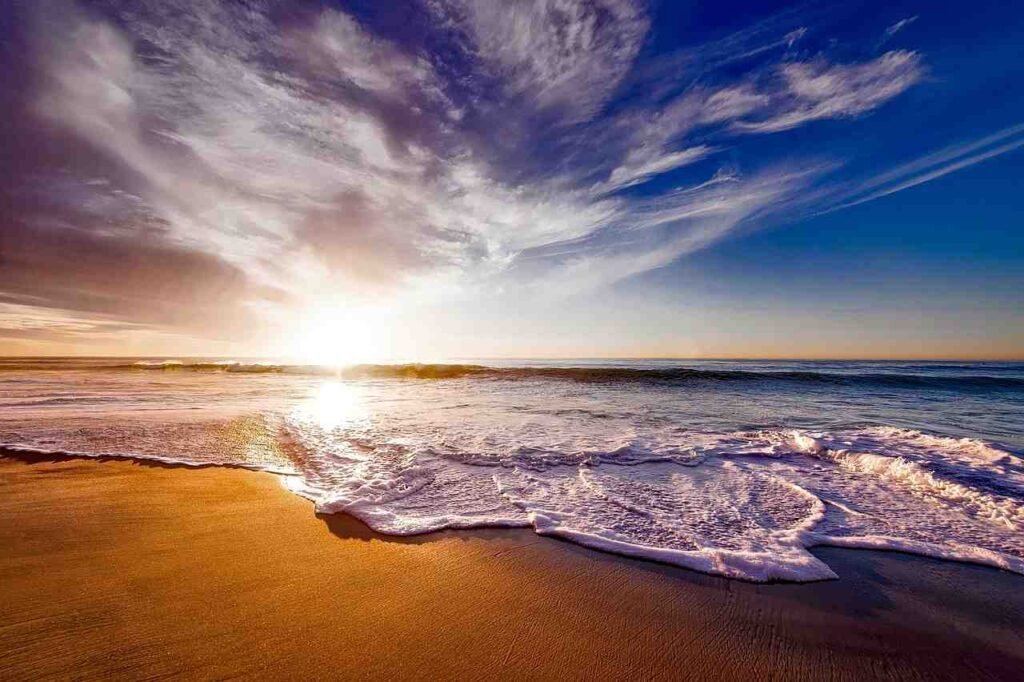
Ocean Acidification is reduction in the PH of ocean. It is caused primarily by uptake of CO2 from the atmosphere.
Ocean acidification is mainly due to our: –
- anthropogenic activities and
- Some natural activities.
The ocean absorbs more than 25% of the carbon we deposit in the atmosphere.
Why Ocean Is Getting Acidic?
The ocean is getting much more acidic than before due to: –
- Our increased emissions, so more CO2 enters into the oceans
- Increased impacts of Global warming and Climate change
Facts About Ocean Acidification
The rate of ocean acidification is about: –
100 times greater than that experienced by marine ecosystems millions of years ago.
Since the beginning of Industrialization: –
- Ocean has become 30% more acidic.
If we continue to burn more and more fossil fuels and place more carbon into the atmosphere then: –
- The ocean will become more acidic.
According to a recent report: –
If we continue to do so, then by the end of the 21st century, the ocean will be 150% more acidic, which oceans have not experienced for more than 20 million years.
As the ocean acidifies, some organisms adapt, but some do not.
Even a small change in acidity level of water can have harmful effects on marine life, affecting : –
- Reproduction and
- Growth.
Impact Of Ocean Acidification
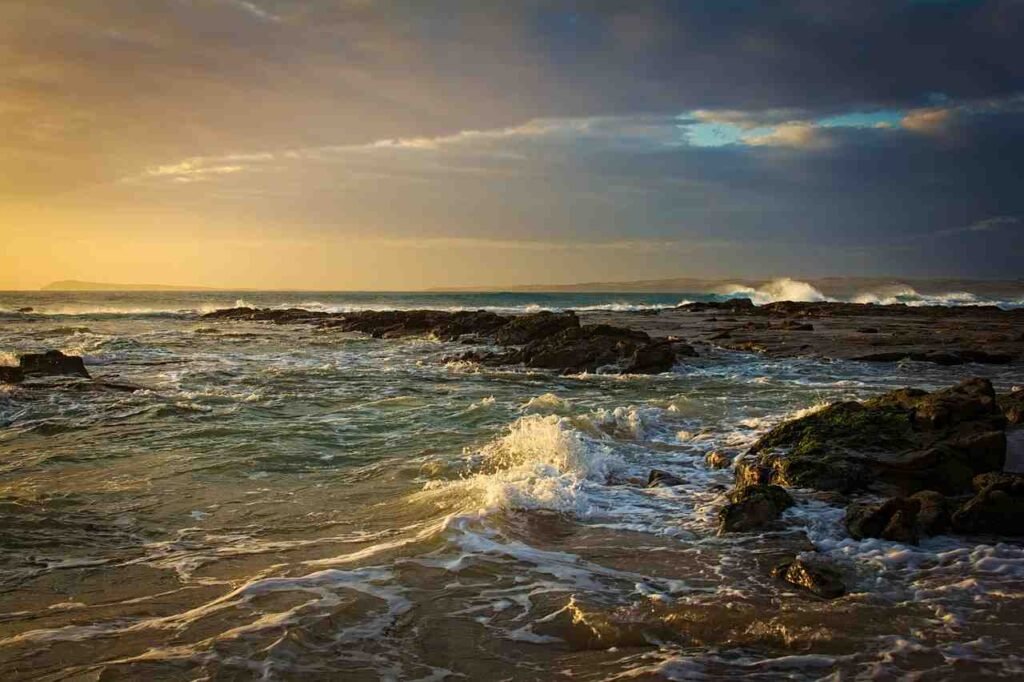
The impacts observed are: –
- Coral reefs which are vital for marine life are likely to get eroded very quickly.
- Ocean acidification will also threaten the planktons which is a key to the survival of larger fish
- Fish species suffer a condition called acidosis, affecting their survival.
- There will be difficulty for life to sustain
Other Animals
Other shelled animals like: –
- Starfish
- Clam
- Mussel
- Urchin will face trouble building their shells in more acidic waters.
What Are The Major Threats To The Ocean?
The major threats to ocean are: –
- Overfishing
- Illegal fishing
- Lack of protection
- Influence of Industries and Tourism
- Impact of shipping
- Effects of offshore oil drilling
- Dumping of waste
- Aquaculture
What Is The State Of The Global Ocean?
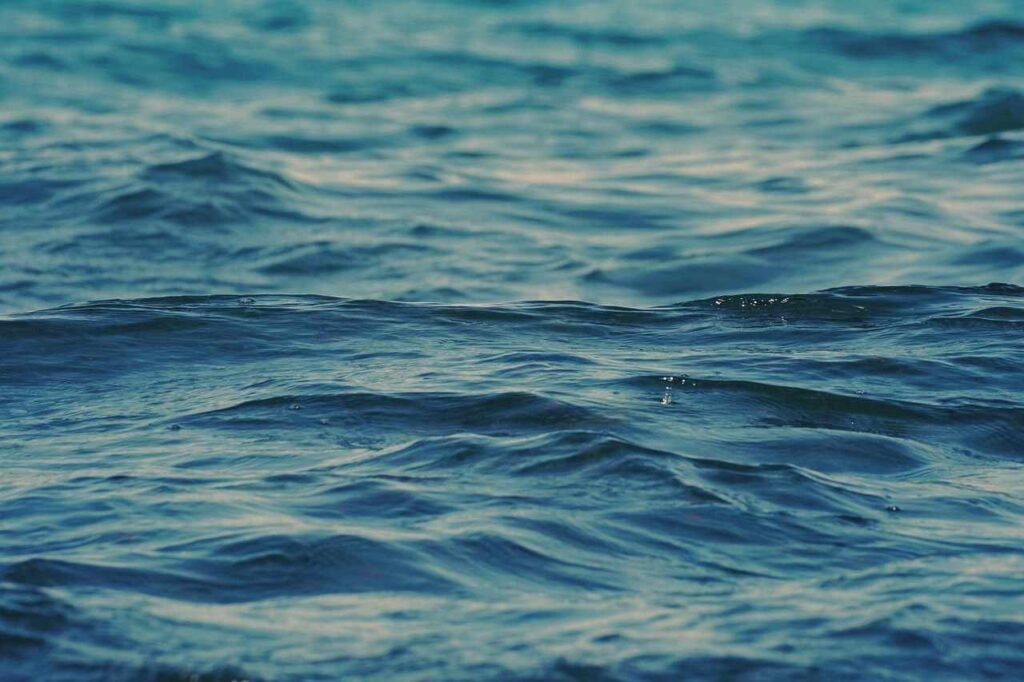
The world ocean assessment examined the state of oceans and the ways in which human benefits from it.
It studied the following human pressures on the ocean: –
- Climate Change (ocean acidification changing salinity and oxygen content)
- Human disturbance, such as capturing fish
- Demand for ocean space
Inputs to the ocean such as: –
- Toxic substances
- Plastics
Underwater noise from: –
- Shipping
- Sonar and
- Seismic waves
World Ocean Assessment Conclusion
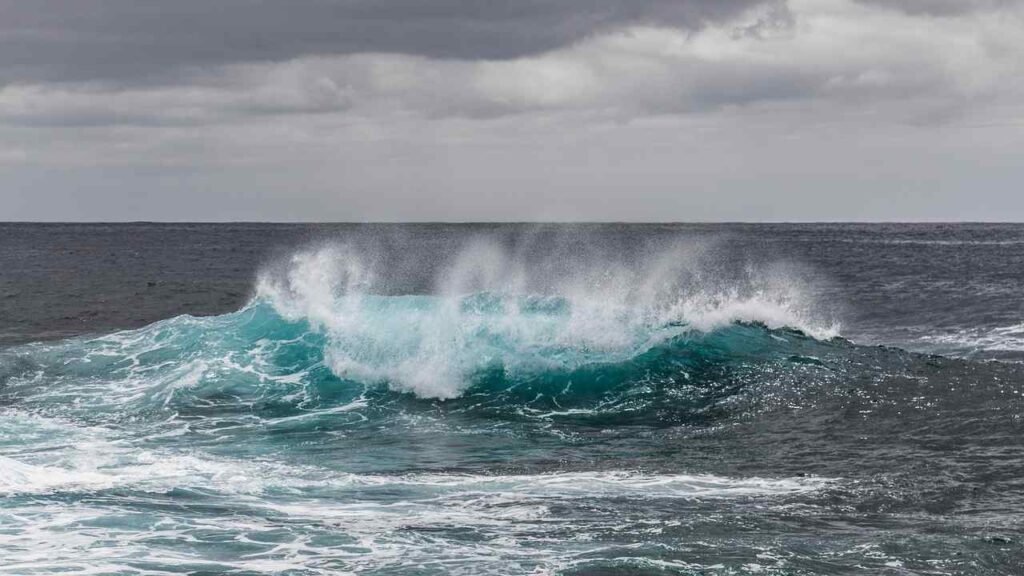
- Human impacts on ocean are no longer minor.
- No part of ocean today is completely free from human interference.
- The impacts of human activities have pushed ocean’s carrying capacity almost to its limit.
- Climate change
- Over-exploitation of marine living resources
- It can lead to Overfishing
How Can We Conserve The Ocean?
The ocean can be conserved by: –
- Take action to eliminate plastics from entering the ocean.
- Combat for illegal fishing
- Monitor progress for a healthy ocean
- Stop the disposal of solid waste
- Increase protection level
- Limit the growth of industries and emissions from them
- Oceans should not be used as a battleground or testing fields
- Ensure recycling of wastes
- Not harming the animals for fun like collecting shells, making accessories
Quote
” WATER WATER EVERYWHERE BUT NOT A DROP TO DRINK, SAVE THE OCEAN ELSE THE HUMAN LIFE SHRINKS “

